Our photocatalytic nanomaterial uses groundbreaking technology
for pollutants removal and air disinfection.
for pollutants removal and air disinfection.
Our photocatalytic engine is made of a photocatalytic material with an activating LED light source. It can be installed modularly in a number of end devices (such as air purifiers, ceiling lamps, windows). Capacity can be increased by adding more engines to the system.
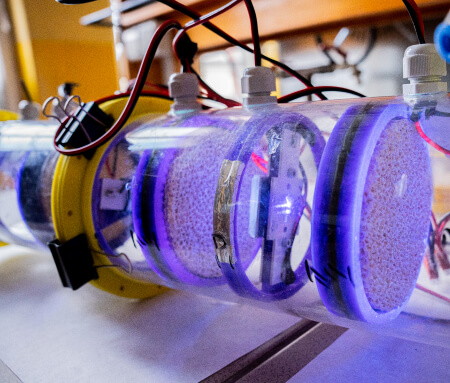
Our photocatalytic engine is 7 times more energy efficient than a UV-C lamp and lasts 5 times longer.
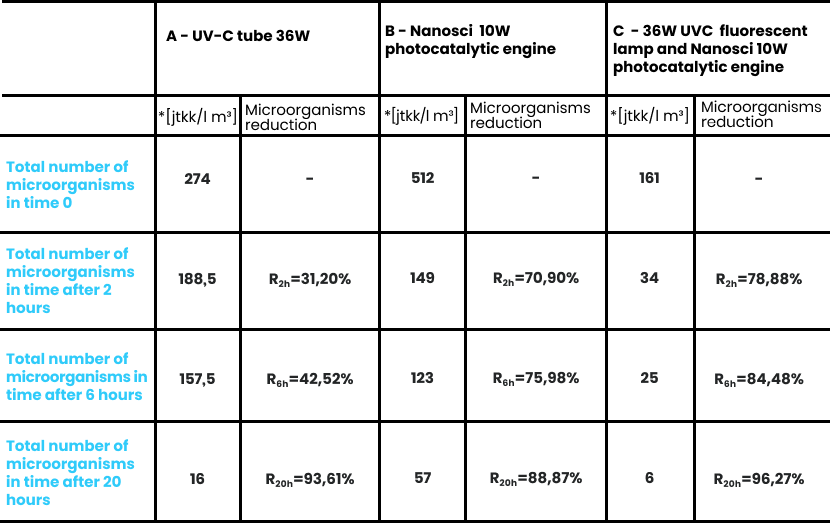
*Comparative study conducted by the Institute of Biotechnology of the Agricultural and Food Industry prof. Wacław Dąbrowski, Food Quality Department in Łódź. Own methodology using the MAS-100 ECOTM microbiological air sampler. The device is equipped with a single UVC lamp PL-L 36W/4P, 2G11 and a fan with a usable capacity of 68 m3/h (fan capacity 106 m3/h).
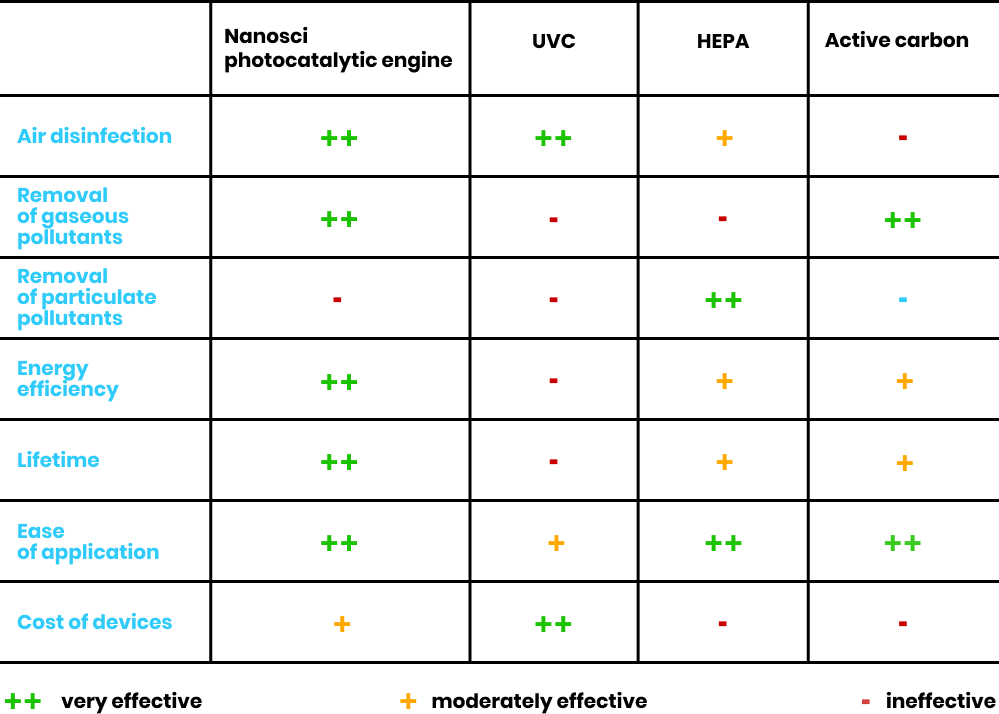
Our photocatalytic layers can be used in various air-purifying structures. Layers are developed and manufactured by Nanosci.
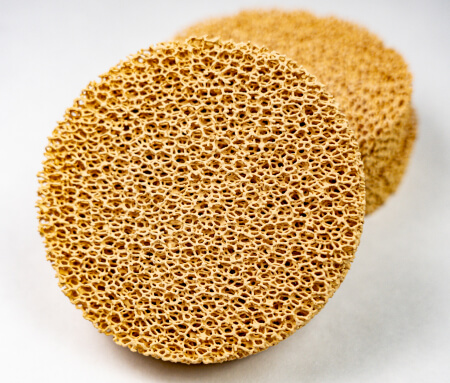
Titanium dioxide (TiO2) nanotubes are formed directly on the carrier material (a sheet of titanium foil). Nanotubes dimensions (length, diameter, and wall thickness) can be precisely regulated by the synthesis parameters, which affect their photocatalytic activity. Shaped titanium pieces covered with TiO2 nanotubes could be easily incorporated as a photocatalytic layer in a photocatalytic engine. The manufacturing method of a thin layer of oriented TiO2 nanotubes has been patent-pending.
 Used in devices with a small cross-sectional area caused by design or technological limitations
Used in devices with a small cross-sectional area caused by design or technological limitations

Made of a porous ceramic structure evenly covered with titanium dioxide (TiO2) nanoparticles. Porous photocatalytic layers can vary in size (including shape and thickness) and porosity depending on customer needs and potential applications. Manufacturing of porous photocatalytic materials on a semi-industrial scale has been patent-pending.
/ikony/wysoka_wydajnosc.svg) High air purification efficiency
High air purification efficiency

Purification effectiveness results from the air retention time in the porous irradiated structure. Therefore, heavy pollution or high air velocity (> 1 m/s) requires the use of two or more photocatalytic layers in the cross-section of the device.
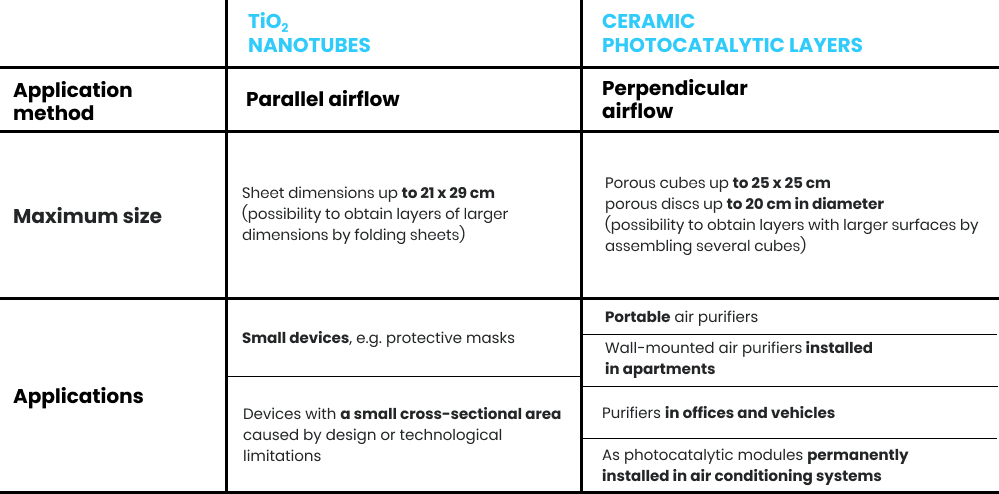
We offer standard UV LED modules for photocatalytic devices, as well as custom-designed LED modules for customised purifiers and air disinfection devices. We have many years of experience in designing light sources and power supply systems.
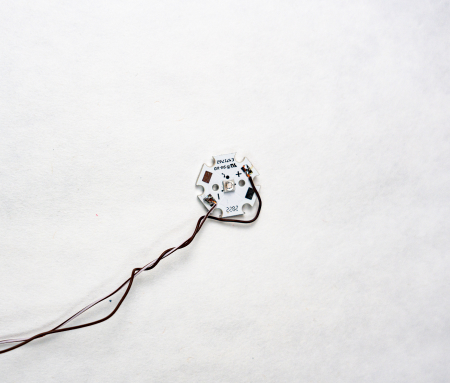
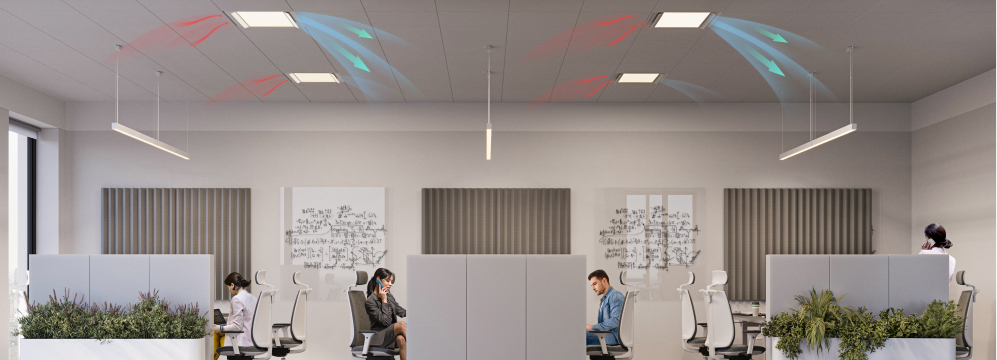
Adapted to be installed in place of standard raster lighting fixtures with dimensions of 595x595mm. The device combines lighting and disinfection. There’s no need to create an additional power circuit for air purifiers, which reduces installation costs.

Our solution ensures uniform air purification in the occupied spaces. Ceiling suspension is the optimal choice when it comes to air circulation efficiency. The solution can be used in spaces with or without mechanical ventilation.
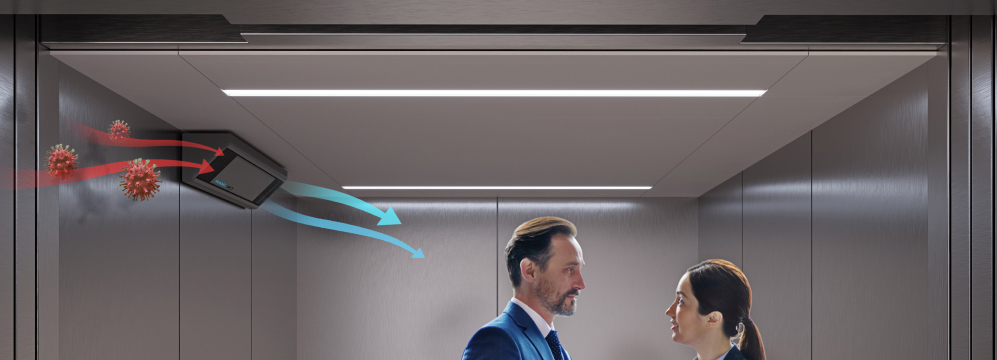
Small, crowded spaces pose the greatest threat when it comes to the transmission of airborne diseases. For elevators and public transport, we offer vandal-proof, ceiling-mounted metal air purifiers.